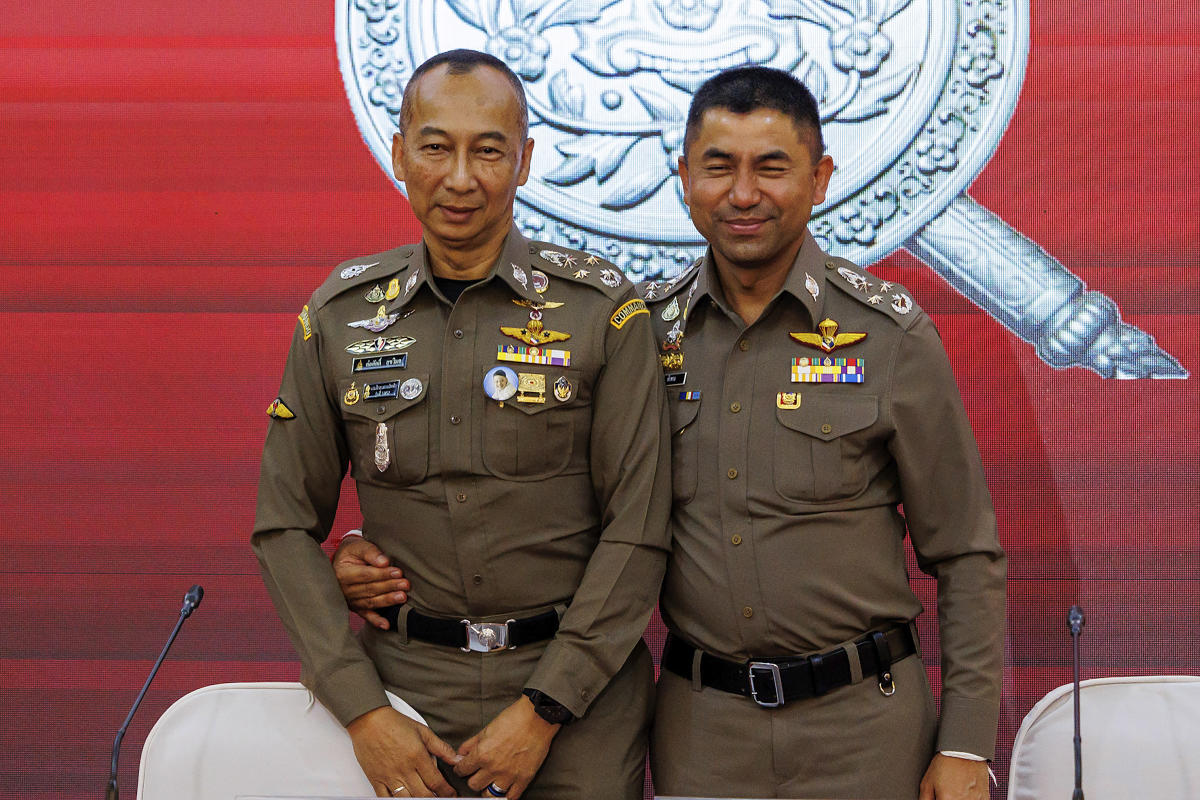Critters are on the move as temperatures warm — and they may need a little bit of help every now and then.
While driving on roads that are lightly traveled, it’s essential to keep an eye out for baby wildlife and other animals, such as turtles, deer and Anatidae families, like geese, swans and ducks.
More: Drunken people are using Uber to help injured wildlife in Texas — and it’s saving lives
How to safely help animals cross the road
Often, it’s best to stand guard as a bystander and get the attention of other drivers as the animal crosses the road on its own. But here are some other tips:
-
Be responsible when pulling over: Watch for oncoming vehicles and signal properly when pulling onto the side of the road. Pull over as far as possible and turn hazard lights on. Safety vests are always recommended.
-
Move animals only to the direction it was going: Even if a turtle or family of water fowl are headed in the opposite direction of water, animals should only be guided toward the direction they were going. Otherwise, they will most likely attempt to cross again.
-
If handling the animal, attempt to place an object between: Use gloves or, in the case of turtles, a car mat to slide them across the road.
-
Handle animals with care: Never grab an animal by its tail, such as turtles, rabbits and armadillos.
-
Place animals a large distance away from the road: If moving an animal, it’s recommended that they are placed at least 30 feet away from the roadside.
-
If unable to stop, do not straddle animals: If possible, always try to drive around an animal rather than straddle, which is when a driver positions its vehicle so the critter is in the middle of the vehicle to avoid crushing with tires. While probably the best option if unable to stop or pass in the other lane, snapping turtles cannot retract into its shell, and often will defend themselves by rearing up to snap. This means they can get caught in the undercarriage of a vehicle and break a jaw or fully turn over.
For situations involving a family of geese or ducks on a busy highway or intersection, the safest option is to call the local police department’s non-emergency line. They can help guard traffic until the animals have crossed safely.
If an animal is injured, contact the local wildlife rehabilitation center for assistance.
More: Woman hits black bear near Kerrville in Hill Country. How common are they in Texas?
Found a deer stuck in a fence on the side of the road?
It’s easy to want to help when an animal appears to be suffering, but large mammals, such as deer, should be touched only by trained professionals. Do not attempt to cut the deer out of the fence, as they may be injured and need further treatment.
While waiting for help or proper tools, try to stay out of sight to avoid causing further stress on the animal.
This article originally appeared on Lubbock Avalanche-Journal: How to safely help wildlife cross roads in Texas
Signup bonus from



